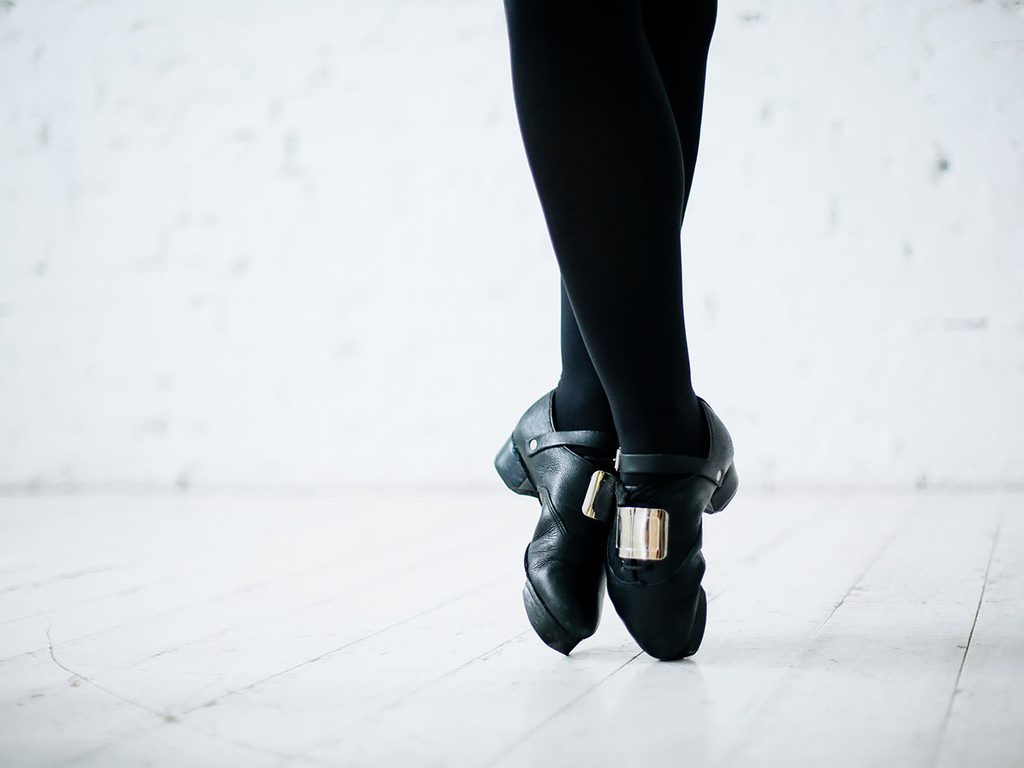What Made One Woman Obsess Over—Then Quit—the Biggest Wellness Fads

From guilt-tripping and skipping periods to intuitive eating and training for mental wellbeing, here is how I improved my health after my obsession…
I’ve never really been one for making, or, more accurately, sticking to, New Year’s resolutions, yet in 2015 I made it happen for the first time; if only for a few months. Predictably, my goal was to “get fit,” whatever that meant. There were no set specifications; no pin-pointed end goal nor method of measuring progress (error number one), but having never previously considered myself anything other than mostly sedentary, bar my weekly dance lesson, I figured that “get fit” meant any additional movement whatsoever.
A year prior I had taken on a new challenge; Irish dancing, and, boy, was it a challenge. In my naivety, I had imagined it would be a breeze, and I’d be a natural Flatley. Not quite the case. I had a hard time keeping up with my classmates and left each lesson feeling defeated. The only way to catch up, I decided, was to get fit. If I improve my diet and increase my movement, I thought, the Flatley thing would surely happen.
Restrictive living
Motivated, I made changes I genuinely thought to be healthy. I stopped eating gluten. And most carbs. And most meat. And most things containing sugar. And dairy.
I was surviving on oats, fruit and a lot of vegetables. Sometimes I ate a square of dark chocolate. But only sometimes. I drank water, almond milk and green tea only, and allowed very few “indulgences.” I felt nauseous every morning, and also very confused, because I couldn’t understand why I felt nauseous whilst eating so “healthily.”
I spent every Sunday prepping my meals for the week and would eat every meal cold, straight from the fridge, for the sake of saving time and avoiding any potential “slip-ups.” I lost weight quickly and considered that to be my cue that I was on the right track.
A couple of months in, I joined a gym. I rose at 5 AM every weekday to squeeze a session in before work, and soon I started to see a change in my physique; I had visible muscle for the first time ever. But, more and more my goal was shifting from being my performance-focussed aim of simply bettering my dancing skills, to further altering my physical appearance, and it was taking its toll.
Diet disillusions
I struggled to be social because restaurant menus (and eating anything in, what I considered to be, excess), made me anxious. (Sound familiar? See the signs you’re suffering from disordered eating). I felt so fatigued I had to nap in the back seat of my car on my lunch break. My work, that I cared so much about, suffered. I spent all my time Googling recipes and gimmicky exercises, and I spent all my money on superfood ingredients to make healthy, gluten-free, fun-free loaves of bread that cost upwards of $15 and took up an entire evening (and tasted like a cereal box). Some friends would jibe that I needed to eat a burger or two. Others would compliment my smaller shape, and so, hungry for more, I continued on.
In my mind, my size and my self-worth were directly linked, and the new, smaller me was of higher value than the softer-round-the-edges me from a few months prior. It was an obsession, no doubt, but one that I had somehow convinced myself was beneficial to my wellbeing. I wasn’t skipping meals or drinking gallons of water to suppress my appetite like I had done as a teen, nor was I bingeing. I thought I had the whole balance thing nailed down.
Reeducating
I don’t recall there ever being a big turning point; no “What have I been doing?” lightbulb moment, but the month I skipped a period due to overtraining and undernourishing was, understandably, a big red flag. Luckily, my obsession, whilst still potentially detrimental to my health, was with improving my strength and performance, not with shrinking my size. So, the more I read up on how to better my abilities, the more I learnt how mistaken I had been, and how to adapt my approach. I increased my food intake and loosened the reigns. I ditched flirting with fad dieting trends, and stopped splurging on unnecessary smoothie ingredients. I scheduled rest and prioritized recovery. I stopped giving myself a hard time for taking a day off, or eating dessert, and instead considered it to be part of the process. (Find yourself demonizing food? It could be a sign of orthorexia.)
Now, I eat intuitively. I move because it makes my body, and my mind, feel good, and I pass up the unnecessary workouts I used to guilt myself into doing. I focus on other areas of my wellbeing; sleep quality, social interaction, stress management, and I feel happier for it.
I did improve somewhat at dancing but, spoiler alert, didn’t become the next female Flatley. I did, however, become stronger both physically and mentally, and I found a career in educating others–through written word–on the best ways they can support their bodies. So, it turns out, I achieved a goal far more advantageous than the original. And it’s one that I continue chipping away at every day.
Next, learn the trick to having a good relationship with junk food.




